Nestled along the picturesque shores of Lake Garda in Northern Italy, there exists a hidden gem among wine enthusiasts – Lugana wine. This elegant white wine has been gaining attention as wine lovers worldwide begin to discover its captivating flavors and distinctive terroir. Straddling both Lombardy and Veneto regions, the Lugana wine production area benefits from a unique microclimate formed by the lake, creating a terroir that imparts the wine with its special characteristics.
The true heart of Lugana wine lies in the Turbiana grape, an indigenous variety that shares a genetic link with the more well-known Trebbiano di Soave. Responsible for the wine’s signature crisp acidity and mineral notes, the Turbiana grape has been expertly cultivated by local winemakers who create various styles of Lugana wines, ranging from fresh and lively to more complex and structured. With a diverse taste profile and the potential for exceptional aging, Lugana wine has piqued the interest of many looking to expand their cellar with a unique Italian offering.
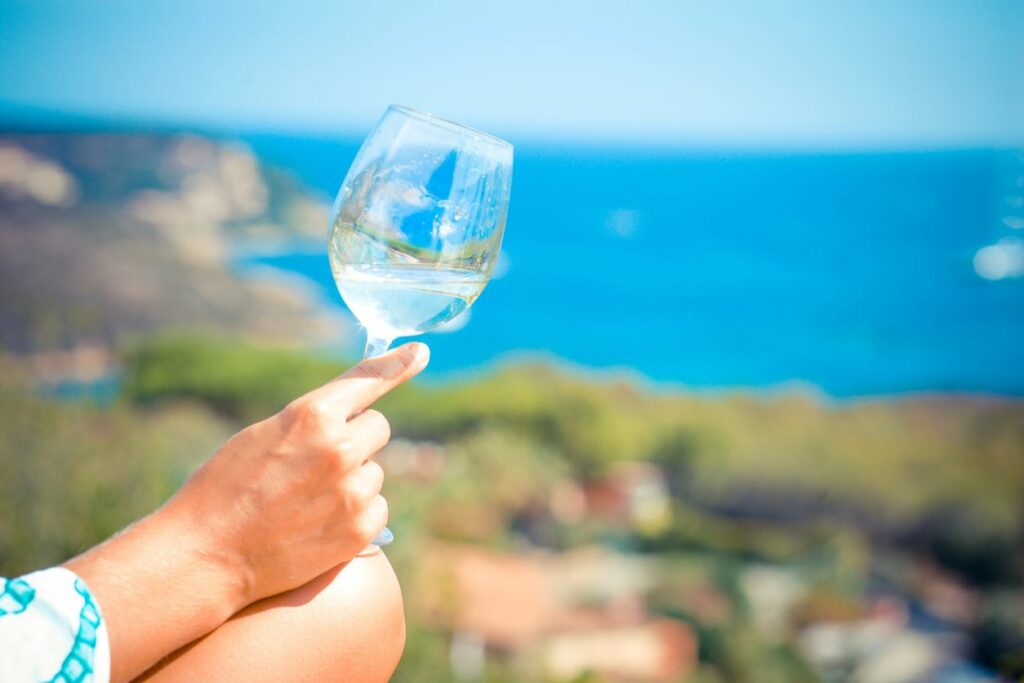
Key Takeaways
- Lugana wine is an emerging Italian white wine from the Lake Garda region, made primarily from the Turbiana grape
- The distinct terroir and microclimate of Lake Garda contribute to Lugana wine’s unique taste profile and diverse styles
- Lugana wine is gaining worldwide recognition thanks to its versatile food pairings and potential for aging
Discovering Lugana Wine
Lugana wine is a hidden gem, hailing from the Lugana region situated on the shores of Lake Garda in Northern Italy. These wines are versatile, lesser-known Italian treasures that showcase unique flavors that wine enthusiasts should not miss.
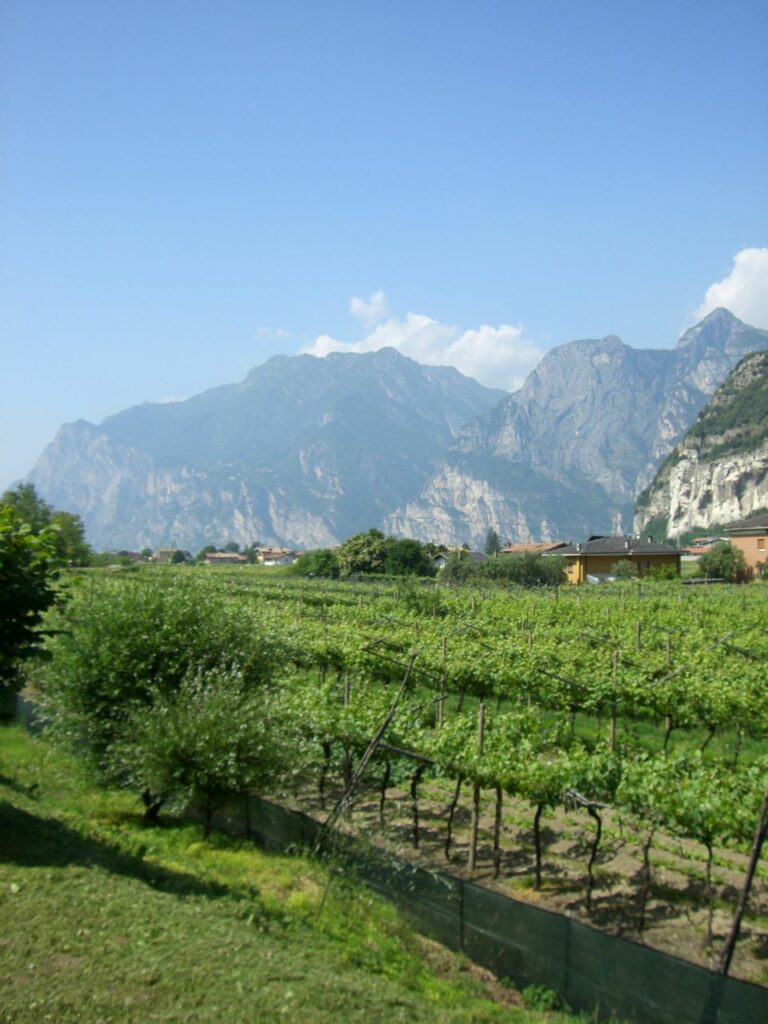
History of Lugana Wine
The Lugana DOC, established in 1967, represents the first officially recognized wine production area in Lombardy. It spans across two provinces: Brescia (Lombardy) and Verona (Veneto). The distinctive terroir is characterized by clay and limestone soils, which contribute to the fresh and mineral characteristics of Lugana wines.
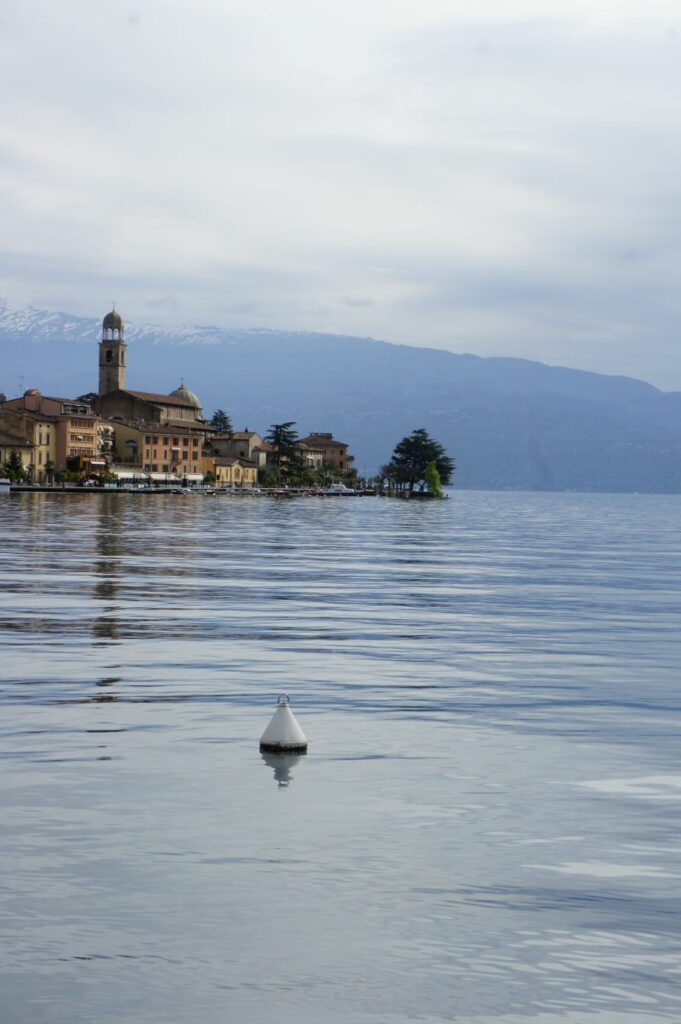
What grapes are used for Lugana Wine?
Lugana wines are primarily made from the indigenous Turbiana grape, a relative to the more famous Trebbiano di Soave variety. Turbiana, however, stands out for its ability to develop rich, intense, and complex aromas when cultivated in the Lugana region. The climate, with its distinctive foggy mornings and warm, sunny afternoons, allows the grapes to ripen slowly and evenly, leading to a balanced and expressive wine.
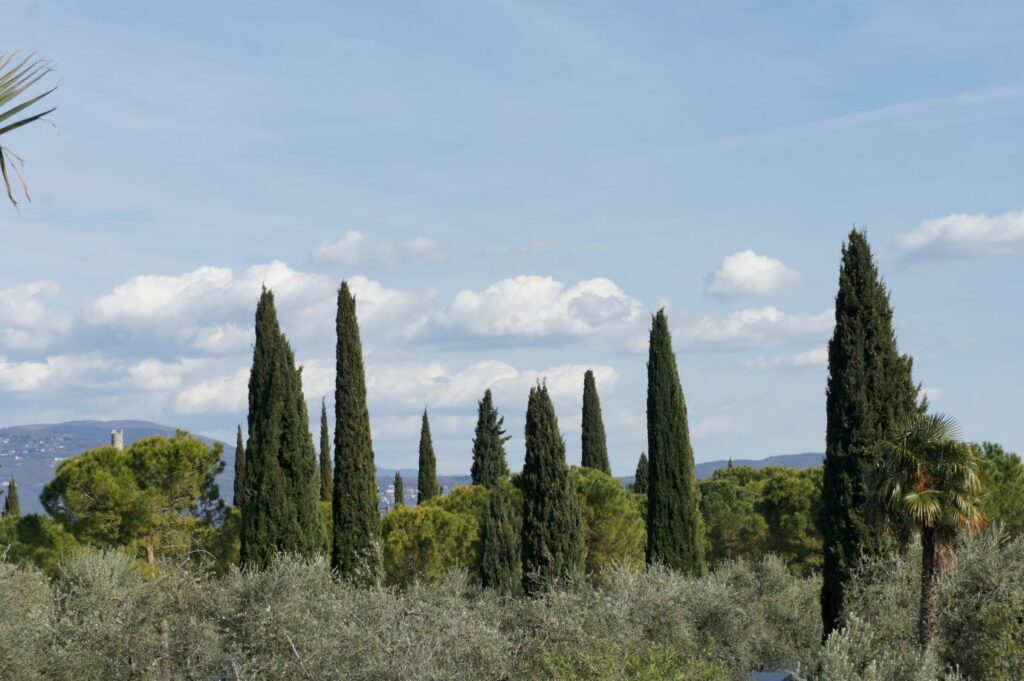
Different Styles of Lugana Wines
There are five styles of Lugana wine, each showcasing different aspects of the Turbiana grape:
- Lugana Base: Fresh, fruit-forward, and aromatic, these wines are characterized by citrus, green apple, and floral notes. They are best enjoyed young, within the first year or two of production.
- Lugana Superiore: When aged for at least 12 months, these wines develop more pronounced mineral notes, along with flavors of ripe fruit and nuts. They can be aged for up to five years.
- Lugana Riserva: Aged for a minimum of 24 months (six of which in the bottle), these wines exhibit even more depth and complexity, with well-integrated oak notes complementing the fruit and minerality. They can age gracefully for up to ten years.
- Lugana Late Harvest: Harvested late in the season, these wines are richer and more concentrated, showcasing honeyed, dried fruit, and sweet spice flavors.
- Lugana Spumante: Made using the traditional method of sparkling wine production, Lugana Spumante offers lively bubbles with refreshing acidity, delicate fruit, and floral aromas.

These diverse styles make Lugana wines a fitting choice for various occasions and food pairings. From light seafood dishes to flavorful risottos and hearty poultry, Lugana wines will complement a wide range of cuisine.
Discovering Lugana wines offers a tantalizing journey through the tastes of Northern Italy’s Lake Garda region and the elegant expressions of the Turbiana grape. Give them a try, and you might just find your next favorite Italian wine.

A Look into Lugana’s Unique Terroir
The Geography of Lake Garda
Lake Garda, located in the northern part of Italy, is the largest lake in the country. Its picturesque surroundings include morainic hills formed during the last Ice Age, which now provide ideal land for vineyards. In the southern part of the lake, the Lugana wine-producing area spans both Lombardy and Veneto regions, benefiting from the rich morainic soil and the lake’s mild microclimate.

The Impacts of Soil and Microclimate
Lake Garda’s microclimate, characterized by mild temperatures and temperate breezes, is crucial in maintaining the quality of the grapes. The soils surrounding the lake are mainly composed of clay and limestone with high calcareous and mineral content, resulting in well-drained terroir ideal for vineyards. The combination of these unique soil properties and the favorable microclimate contribute to the distinct characteristics of Lugana wines, as they retain fresh acidity yet offer a mineral-rich complexity.
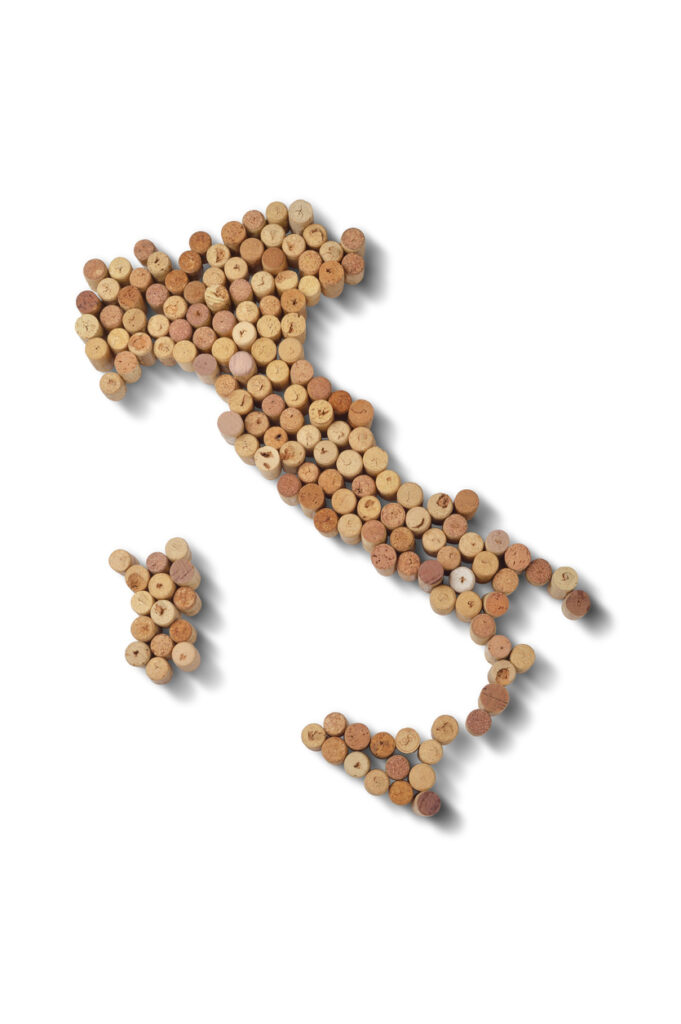
Diverse Viticultural Traditions
The Marche region boasts a rich winemaking tradition that dates back thousands of years. The area surrounding Lake Garda has been cultivating vines since the time of the Etruscans and Romans. The old vines, coupled with centuries of experience in vineyard management, have produced wines with distinct character and high-quality standards. Though multiple grape varieties are grown in the area, the white grape variety Turbiana is predominant in the production of Lugana wines.
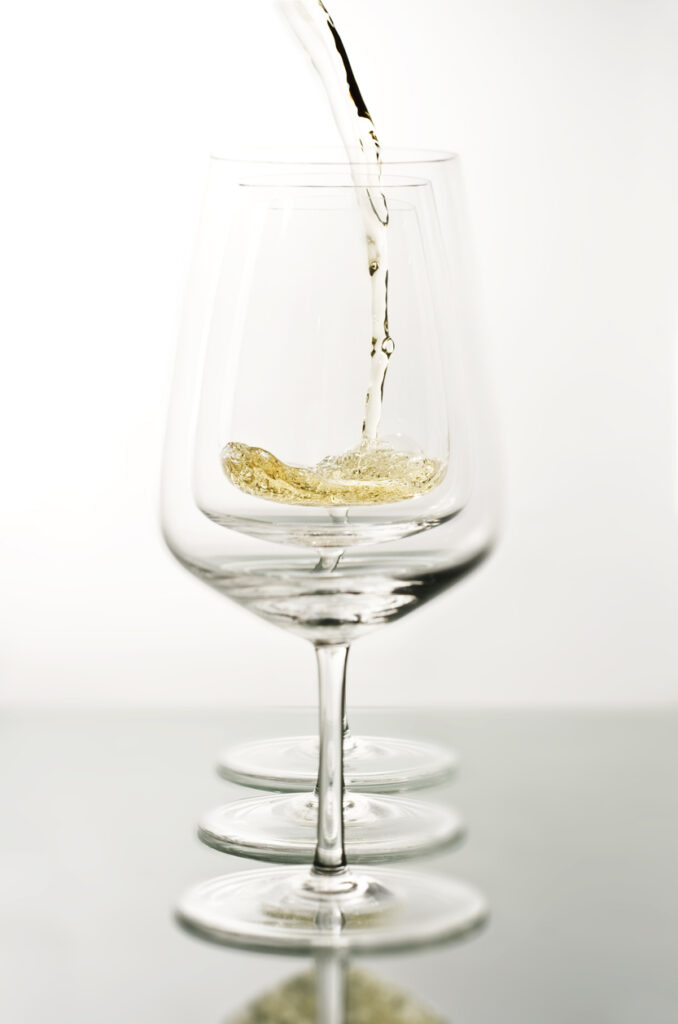
The Role of Innovation
Despite the long-standing winemaking traditions, Lugana wine has not shied away from incorporating innovative techniques. The use of stainless steel tanks for winemaking is a prime example of combining traditional methods with modern technology. These stainless steel tanks help to maintain the freshness and fruity flavors of the grapes, while also providing better temperature control during fermentation. This balance of preserving the wine’s heritage and embracing new winemaking practices ensures that Lugana wines continue to flourish as a hidden gem in the wine world.
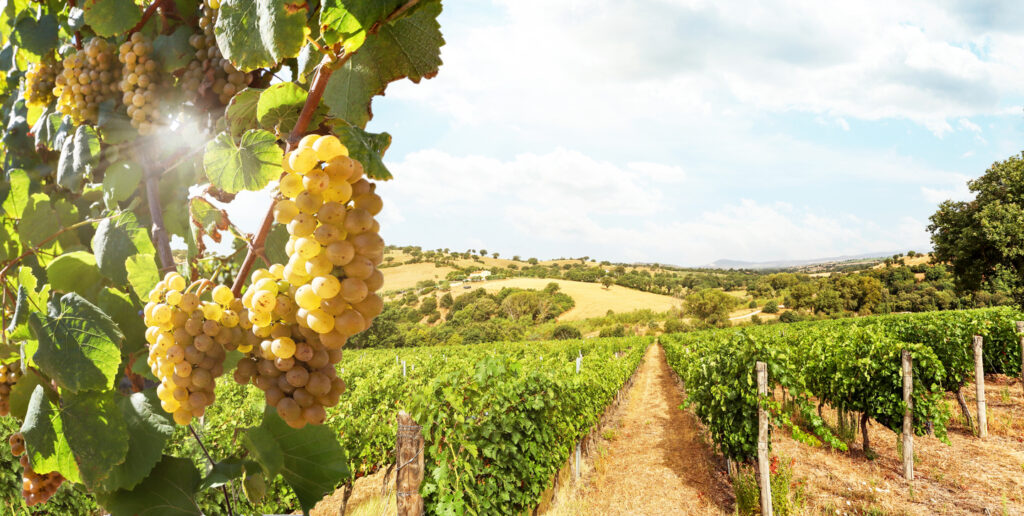
An Introduction to the Turbiana Grape
Turbiana is the unique grape variety that creates the distinct Lugana wines. Grown predominantly in the shores of Lake Garda, it is a white grape variety that is often associated with Trebbiano. However, it is genetically distinct from the more common Trebbiano grapes like Trebbiano di Lugana and Trebbiano di Soave.
Origin of the Turbiana Grape
The Turbiana grape’s origin has long been contested, with some claiming it’s closely related to Verdicchio, a popular grape variety from Italy’s Marche region. DNA analysis has confirmed that Turbiana and Verdicchio are indeed related, but Turbiana holds its characteristics that set it apart. In fact, Turbiana has developed its unique identity thanks to the ideal conditions provided by the microclimate around the southern shores of Lake Garda.
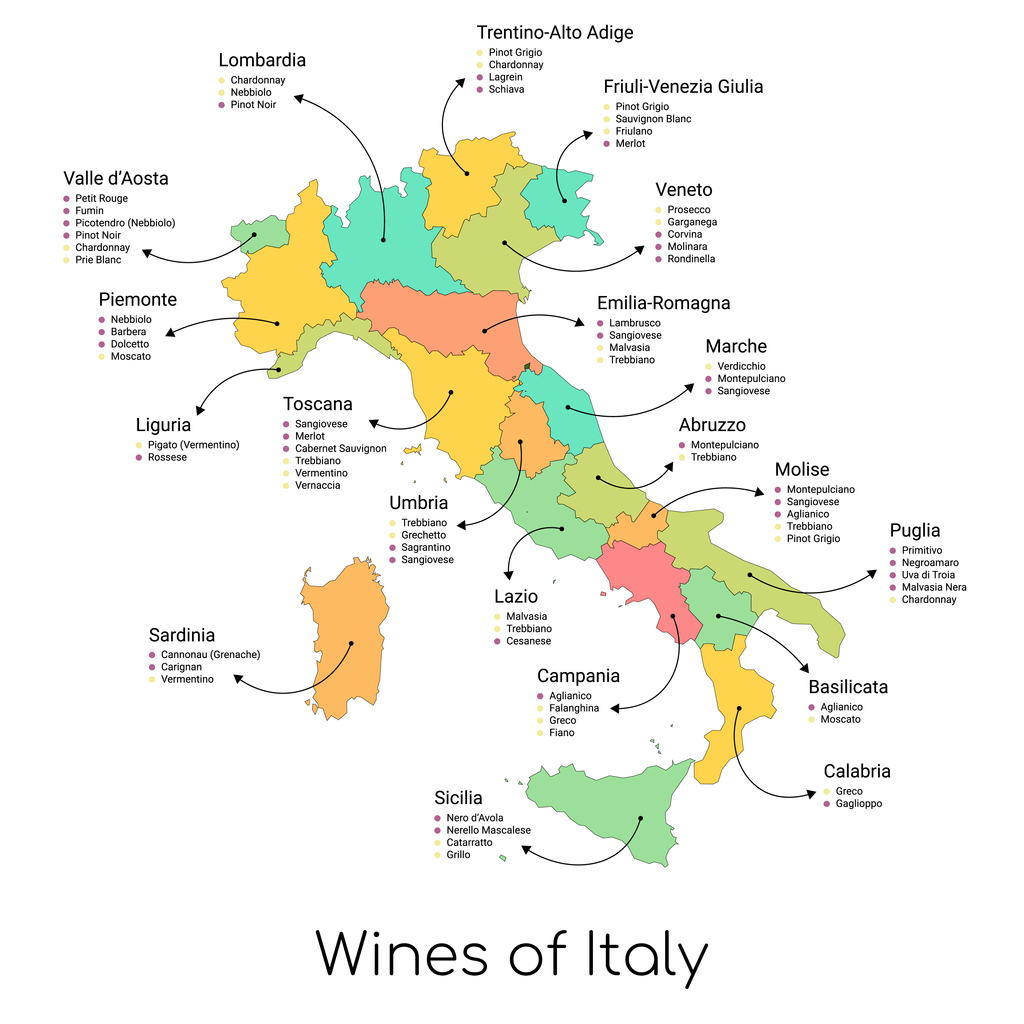
Character of the Turbiana Grape
The wines made from Turbiana grapes are famous for their versatility, freshness, and unique mineral qualities. They exhibit both fruity and floral notes, such as green apple, pear, citrus, and white flowers. A medium-to-full-bodied wine structure and vibrant acidity allow for excellent aging potential as well, with the most refined examples developing complex aromas of nuts, honey, and caramel over time.

Lugana wines produced using Turbiana grapes can be found in various styles, from young and crisp to complex and age-worthy. Here are some of the styles the Turbiana grape is usually made into:
- Steel-fermented Lugana: This fresh and young style highlights Turbiana’s fruity and floral characteristics.
- Lugana Superiore: Aged for at least one year, this variety has more complexity and structure.
- Lugana Riserva: With a minimum of two years of aging, Riserva offers rich and complex flavors.
- Lugana Vendemmia Tardiva: A late-harvest style influenced by noble rot, it has an intense sweetness and a high concentration of aromas.
In conclusion, the Turbiana grape serves as the backbone of Lugana wines and acts as a hidden gem within the winemaking world. Its unique characteristics, influenced by the microclimate of Lake Garda, result in wines that range from crisp and fresh to complex and age-worthy, showcasing the versatile nature of this remarkable grape variety.
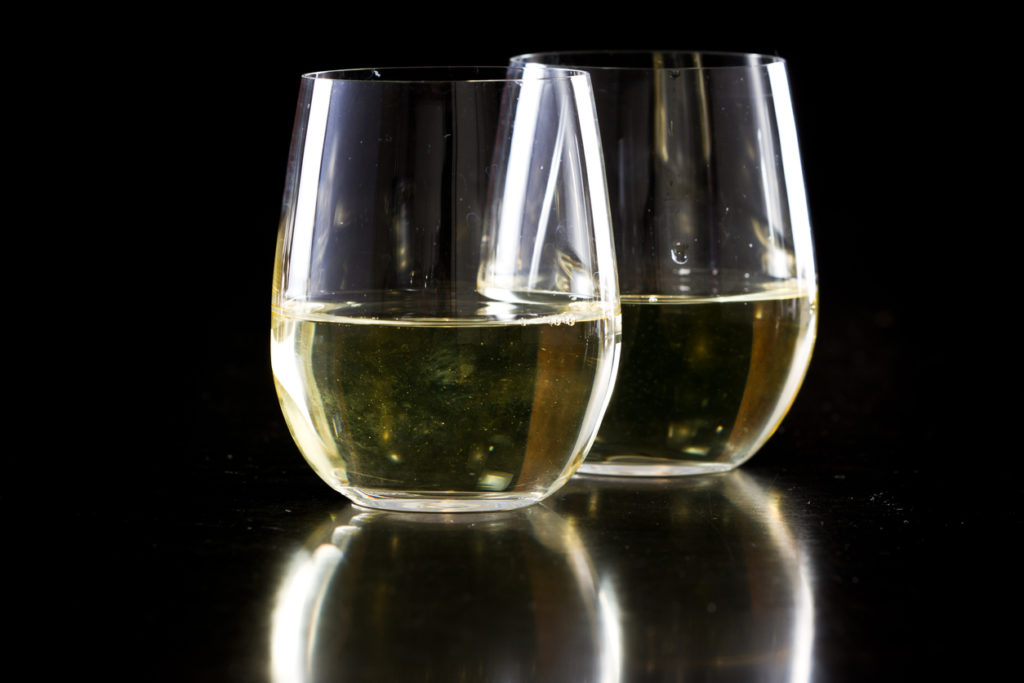
Styles of Lugana Wines
Lugana DOC
Lugana DOC is a well-regulated appellation found on the shores of Lake Garda. It is known for producing high-quality white wines with great structure and acidity. The primary grape used in Lugana DOC wines is Turbiana, a variety native to the region.
White Wines
The white wines of Lugana are recognized for their fresh and crisp acidity. These dry whites boast a balanced mineral profile, often exhibiting flavors of citrus, almond, and hints of floral notes. They possess a remarkable aging potential, transforming over time into more complex and honeyed flavors.
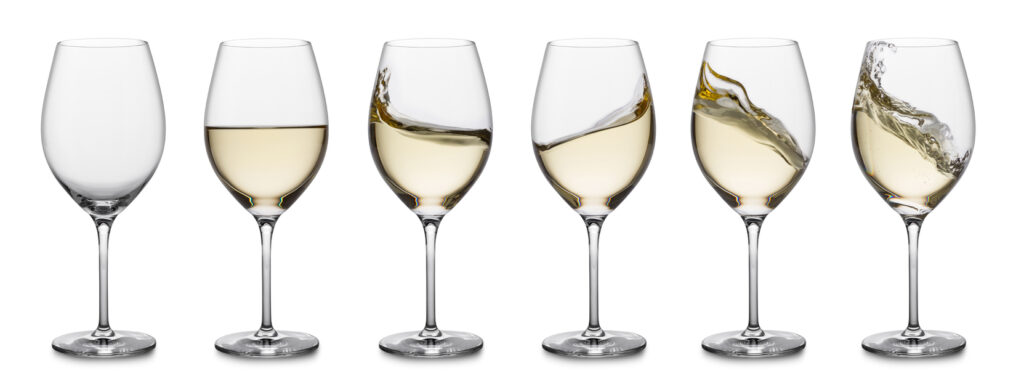
Sparkling Wines
In addition to still white wines, the Lugana region also produces sparkling wines using the Metodo Classico (Champenoise) or Charmat method. These sparkling wines are known for their delicate bubbles, vibrant acidity, and refreshing flavors of green apple, citrus, and white flowers. Often enjoyed as an aperitif, they pair perfectly with light appetizers and seafood dishes.

Riserva and Superiore
Within the Lugana DOC, there are two sub-categories of classification: Riserva and Superiore. Riserva wines must be aged for at least 24 months, with six of those months spent in the bottle. Superiore wines, on the other hand, must have a minimum alcohol content of 12% and are often produced using more carefully selected grapes, resulting in more concentrated flavors.
| Classification | Aging Requirement | Alcohol Content |
|---|---|---|
| Riserva | 24 months | N/A |
| Superiore | N/A | ≥12% |
Special Categories
Lugana DOC also includes some special categories like Vendemmia Tardiva, which are late-harvest wines made from grapes picked well after the standard harvest time. This allows the grapes to develop higher sugar content, resulting in a sweeter, more luscious wine with pronounced flavors of dried and candied fruit.
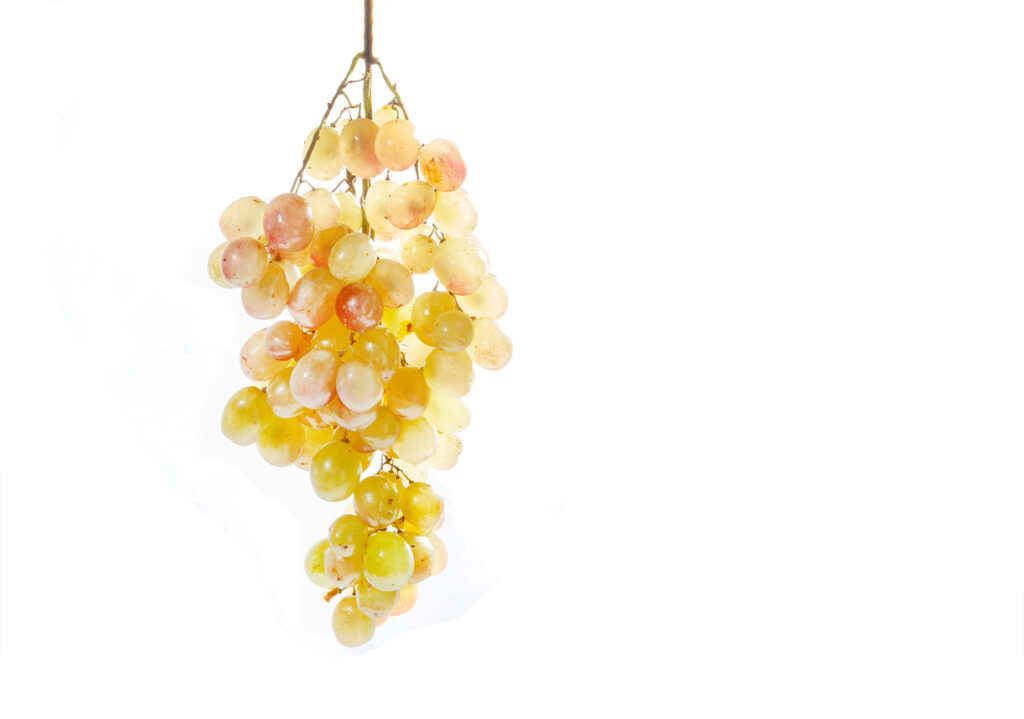
Decoding Lugana’s Taste Profile
Lugana wine, originating from the picturesque shores of Lake Garda, boasts a flavorful and unique taste profile that sets it apart from other Italian white wines. Its diverse, distinctive character largely arises from the specific grape variety it is made from: Turbiana.
The primary characteristics that define Lugana’s taste profile include a mix of citrus, floral, and pear notes, which impart a fresh and lively sensation on the palate. These fruity flavors are complemented by the wine’s pronounced minerality, a direct result of the rich, clay-based soil in which the Turbiana grapes are cultivated.

Lugana wine also possesses subtle undertones of white stone fruit and orchard fruit, giving it a well-rounded and balanced flavor profile. The presence of these fruit flavors is especially noticeable in wines produced using slightly riper grapes, which lend a natural sweetness to the overall taste.
Moreover, the complexity of Lugana is further enhanced by the inclusion of almond and spice accents. The almond flavor is generally more prominent in aged Lugana wines, adding a layer of depth and sophistication that pairs well with the wine’s fruitiness and mineral backbone. A hint of spice, on the other hand, contributes to Lugana’s vibrant character, providing an exciting twist to the tasting experience.

In conclusion, Lugana wine’s taste profile is a harmonious blend of fruit, minerality, and subtle nutty notes, making it a versatile and pleasurable choice for wine enthusiasts. Its charming flavors and confident expression make it a truly hidden gem from the shores of Lake Garda.
Exploring Major Producers of Lugana Wines
Lugana wines, hailing from the picturesque shores of Lake Garda, have steadily gained recognition for their quality and uniqueness. A few major producers have played a significant role in elevating the reputation of this hidden gem among wine connoisseurs. These producers, known for their dedication to viticulture and innovative techniques, have cultivated diverse and remarkable Lugana wines.
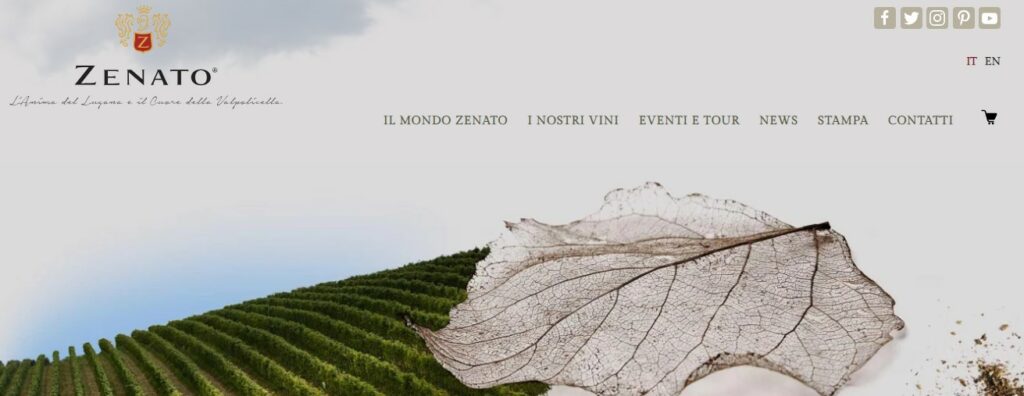
Zenato has been a leading force in the production of Lugana wines. Pioneered by founder Sergio Zenato, the winery combines tradition with modern winemaking techniques to create stellar wines. Zenato’s commitment to the terroir results in expressive and elegant wines, capturing the essence of the Lugana region.

Another prominent producer, Ottella, has roots in the Lugana tradition dating back to the 1880s. With a focus on sustainability and minimal intervention, Ottella crafts wines that reflect the character of the region. Wine lovers know their Lugana wines for their fruit-forward flavors and minerality, offering a fresh, crisp taste.

Le Morette, a family-owned winery, is another esteemed name among Lugana wine producers. The winery’s closeness to Lake Garda imbues their wines with a unique microclimate and mineral-rich soil. Le Morette’s wines display a perfect balance between acidity and structure, showcasing the harmony that they achieve with careful craftsmanship.

Cà Maiol, established in the 1960s, offers an eclectic range of Lugana wines. With an emphasis on innovation, Cà Maiol blends cutting-edge technology with traditional methods to create a distinct collection of prized Lugana wines. Their wines show intense aromatic profiles and refined structure.
Lastly, wine enthousiasts know the boutique winery Mandolara for adhering to organic viticulture practices, valuing the health of both its vines and the environment. Mandolara’s dedication to quality is evident in their Lugana wines, which boast a generous bouquet of floral and citrus notes.
Perfect Pairings: Food and Lugana Wine
Lugana wine, originating from the shores of Lake Garda, offers a versatile option for pairing with a range of dishes. It is a hidden gem that adds depth and complexity to any meal. This wine’s confident and balanced flavor profile complements various types of food, making it an excellent choice for enhancing the dining experience.

Seafood with Lugana Wine
The crisp, mineral notes of Lugana wine make it a perfect match for seafood dishes. Its acidity cuts through the richness of fish or shellfish, creating a harmonious taste profile on the palate. A well-prepared shrimp scampi, grilled fish, or seared scallops would benefit from the pairing with Lugana wine. The combination accentuates the flavors and textures of both the food and the wine.
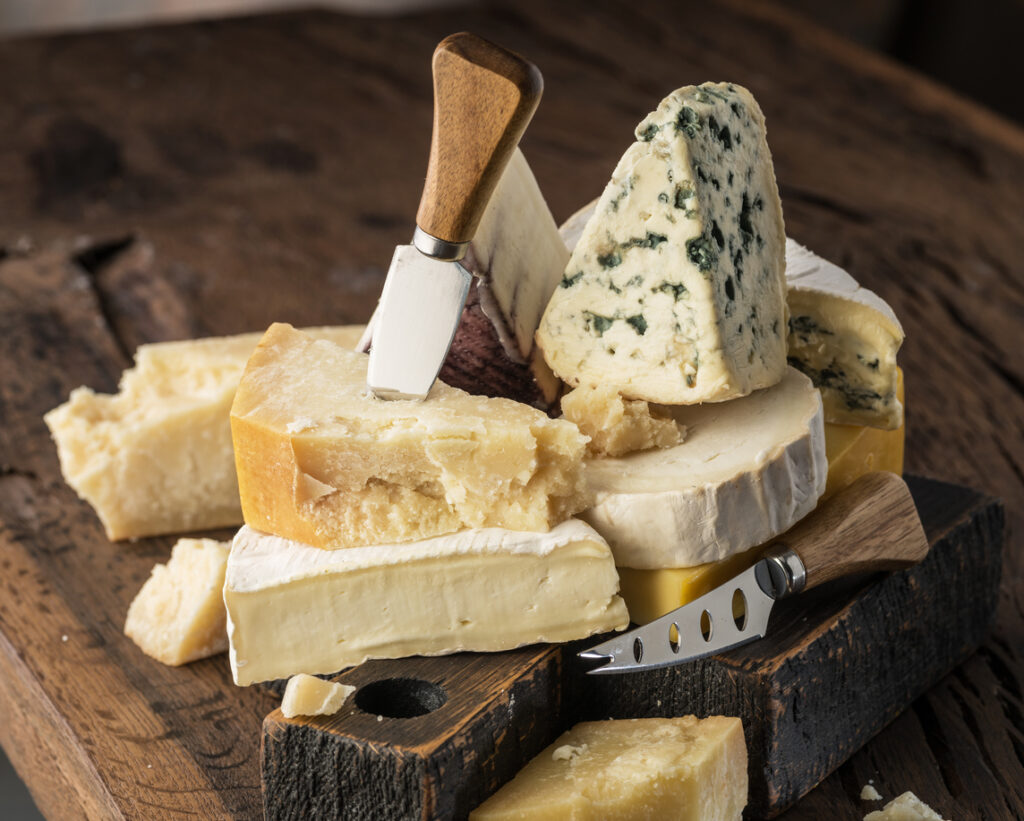
Pairing Lugana Wine withCheese
Cheese lovers will appreciate Lugana wine’s ability to highlight the unique qualities of various cheeses. Its mineral and citrus notes provide a delightful contrast to the creaminess and richness of cheeses such as Brie, Camembert, and Taleggio. This pairing creates an indulgent and satisfying experience that leaves the palate refreshed.

Appetizers and Salads with Lugana Wine
With its refreshing nature, Lugana wine serves as a fantastic accompaniment for appetizers and salads. Its brightness enhances the flavors of ingredients such as fresh vegetables, fruits, and tangy vinaigrettes. For example, a simple mixed greens salad with goat cheese, walnuts, and a raspberry vinaigrette would shine when served alongside a chilled glass of Lugana wine.
Pairing Lugana Wine with Pasta
Light pasta dishes also benefit from the presence of Lugana wine at the table. Its acidity and light body help to cleanse the palate. This ensures that each bite of pasta tastes as wonderful as the first. Consider pairing this wine with a dish like linguine with clams or a simple pasta primavera to elevate your dining experience.
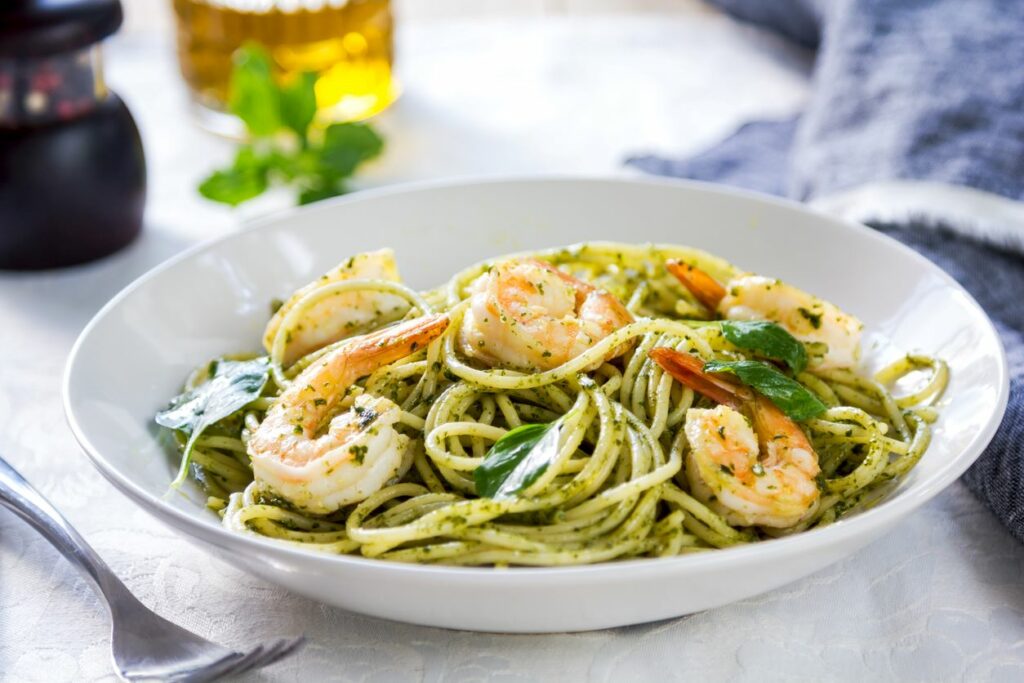
In addition to its food-pairing abilities, Lugana wine also makes an excellent aperitif. Its likeness to Chardonnay, yet with its own unique characteristics, allows it to be enjoyed before a meal. It awakens the taste buds and prepare them for the flavors to come. This versatile wine, beloved by those who have discovered it, deserves a place at your table. It will undoubtedly enhance and elevate your culinary creations.
Other Italian White Wine Competitors
Italy is known for its vast array of white wines, which come from various regions and boast unique characteristics. Among the many options, a few notable competitors stand out, challenging the popularity of Lugana wine.

Verdicchio is a white grape variety from the Marche region. Wine makers typically produce crisp, light-bodied wines with high acidity and appealing citrus notes. The verdicchio wine is highly versatile and perfect for pairing with seafood dishes.
Chardonnay is another famous white wine in Italy. Wine makers grow this varietal in several regions, including Piedmont, Lombardy, and Trentino-Alto Adige. Italian Chardonnays often exhibit fresh and fruity flavors. They range from green apple to tropical fruits, along with a touch of oak.
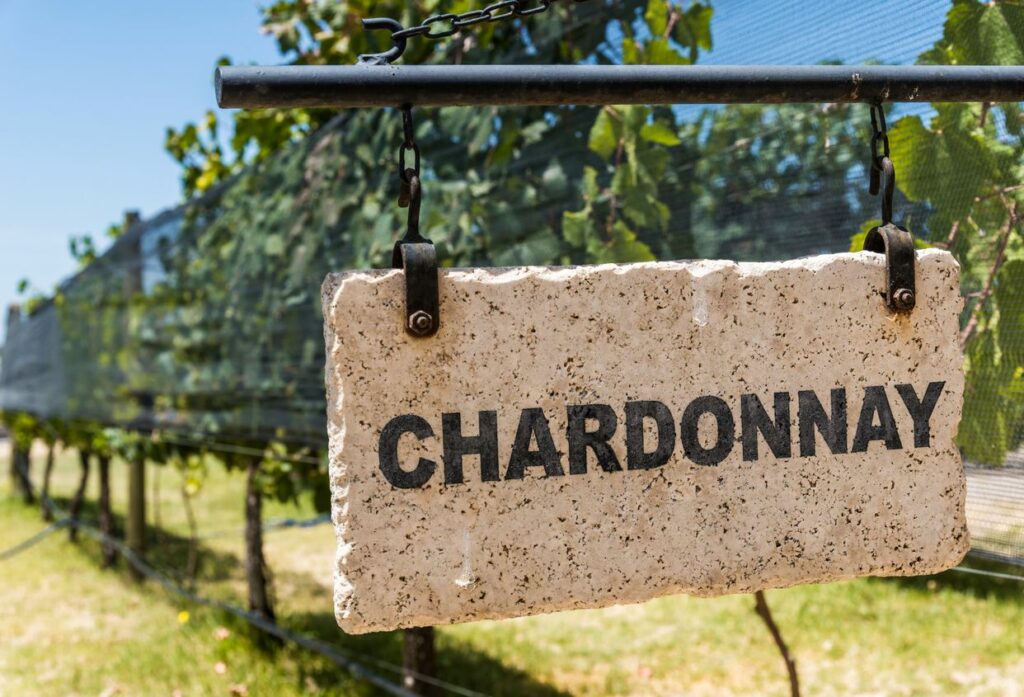
Fiano is a native grape variety from southern Italy, primarily grown in the Campania region. Wine lovers know the Fiano wine for its aromatic profile. It features peach, apricot, and floral notes, as well as a remarkable aging potential thanks to its high acidity.
Some other remarkable Italian white wines include:
- Pinot Grigio: Popular and widely available. You can enjoy this wine best when it is young. It showcases bright citrus flavors and remarkable crispness.
- Gavi: Made from the Cortese grape. This elegant wine comes from the Piedmont region and features delicate floral notes, crisp acidity, and a mineral finish.
- Greco di Tufo: Another southern Italian white. It originates from the Campania region and offers a full body. Greco di Tufoshows flavors of pear and almond, with a characteristic smoky mineralogy.

While Lugana wine holds a special charm from the shores of Lake Garda, it’s essential to appreciate the diverse landscape of Italian white wines. These regions contribute to the country’s rich viticultural tapestry. The variety ensures there is an Italian white wine to suit every palate and occasion.
Consorzio Tutela Lugana DOC
The Consorzio Tutela Lugana DOC is an important institution. It dedicates its activities to protecting and promoting the quality and reputation of Lugana wines. Established in 1990, this consortium brings together wine producers, vine growers, and bottlers. They share a common goal: to ensure the excellence of Lugana DOC wines.

The cornerstone of the consortium’s work is the Denominazione di Origine Controllata (DOC) designation. It certifies that Lugana wines adhere to strict production standards and come from the designated geographical area around Lake Garda. These regulations provide a guarantee of the wine’s quality, origin, and character.
The Consorzio Tutela Lugana DOC is responsible for preserving and enhancing the territory’s winemaking traditions. They do this through a variety of activities. These are organizing promotional events, providing technical assistance, and supporting research aimed at improving vine cultivation techniques. By doing so, they help showcase the unique characteristics of Lugana wines, distinguished by their elegance, freshness, and versatility.
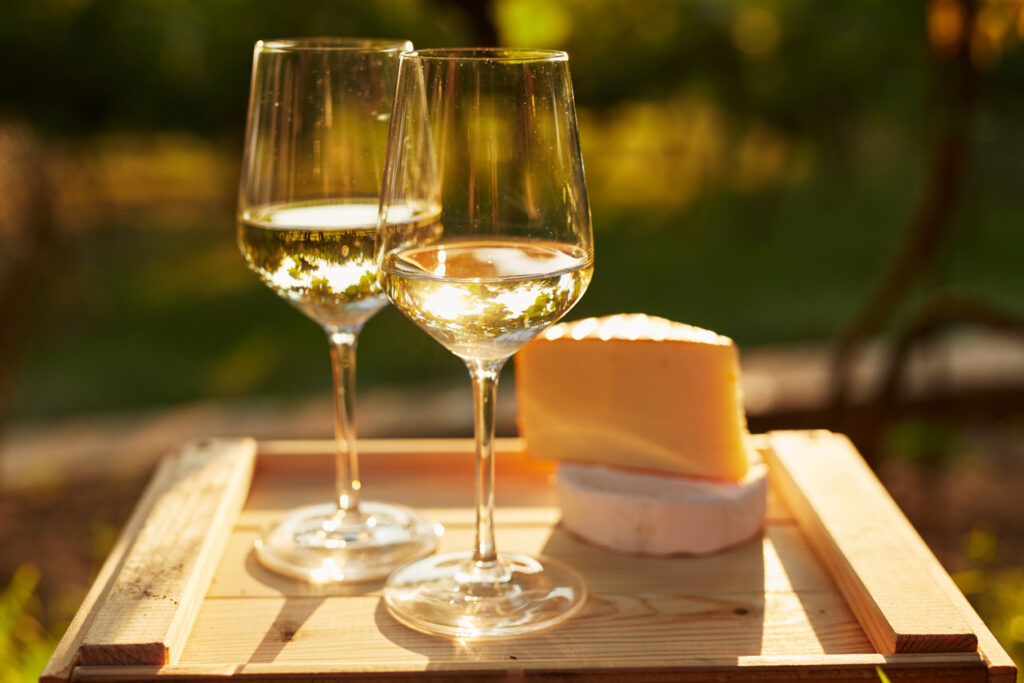
To fully appreciate the intricacies of Lugana wines, one must acknowledge the viticultural practices employed in the region. The Lake Garda area has a microclimate that favors the growth of the Turbiana grape. This grape is the key varietal in Lugana wines. The Consorzio Tutela Lugana DOC works with local producers to encourage the adoption of sustainable practices. They foster a harmonious relationship between the vineyards and the environment.
In conclusion, the Consorzio Tutela Lugana DOC plays an essential role in supporting the Lugana wine industry. By maintaining quality standards, promoting the wines’ unique attributes, and preserving the region’s winemaking traditions, the consortium has helped Lugana wines gain recognition as a hidden gem from the shores of Lake Garda.
Conclusion
Lugana wine has undoubtedly proven itself to be a hidden gem from the shores of Lake Garda. With its distinct and unique characteristics, this wine variety continues to exceed expectations in terms of quality and taste. As wine enthusiasts explore the broad spectrum of global wines, Lugana wine is becoming increasingly popular among those who recognize its worth and potential.

Its versatility and compatibility with various food pairings make Lugana wine a crowd favorite. Thanks to its delicate acidity, it pairs exceptionally well with dishes like seafood and risotto, enhancing the overall dining experience. Additionally, the wine’s slight minerality, due to the local soil composition, is a distinguishing factor. This sets it apart from other white wines in the market.
The charm and allure of Lugana wine lies in its unique blend of flavors, characteristics, and origins. As more wine enthusiasts discover this variety, its popularity is likely to grow even further. For those looking to expand their wine horizons, Lugana wine from the shores of Lake Garda is undoubtedly worth consideration.

